In the Classroom
VSV Drama, Italian Breakfast Y9 Elective & VCAL Activities

In the Classroom
VSV Drama, Italian Breakfast Y9 Elective & VCAL Activities
Alana Valentine’s Letters to Lindy Production
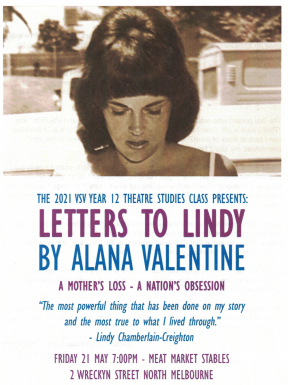

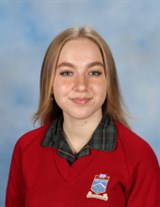
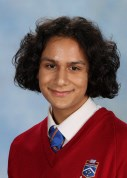




Three of our incredibly talented Year 12 students; Nina Kaufman, Jemil Osman and Eve Williams study VCE Theatre Studies via Virtual School Victoria. On Friday 21st May their class produced an incredibly powerful and poignant production of Alana Valentine’s Letters to Lindy. Rehearsals and production meetings took place via WebEx with 29 students based throughout the state and one located in Darwin. They all came together for just two intensive days of rehearsals prior to the live performance on Friday 21 May at the Meat Market Stables Theatre. Congratulations to these three students on a wonderful performance, you certainly did us proud. A huge thank you to Marty Rice for your hours and hours of support at school and to Marty Rice and Jasper Au for attending on Friday night to support our students.
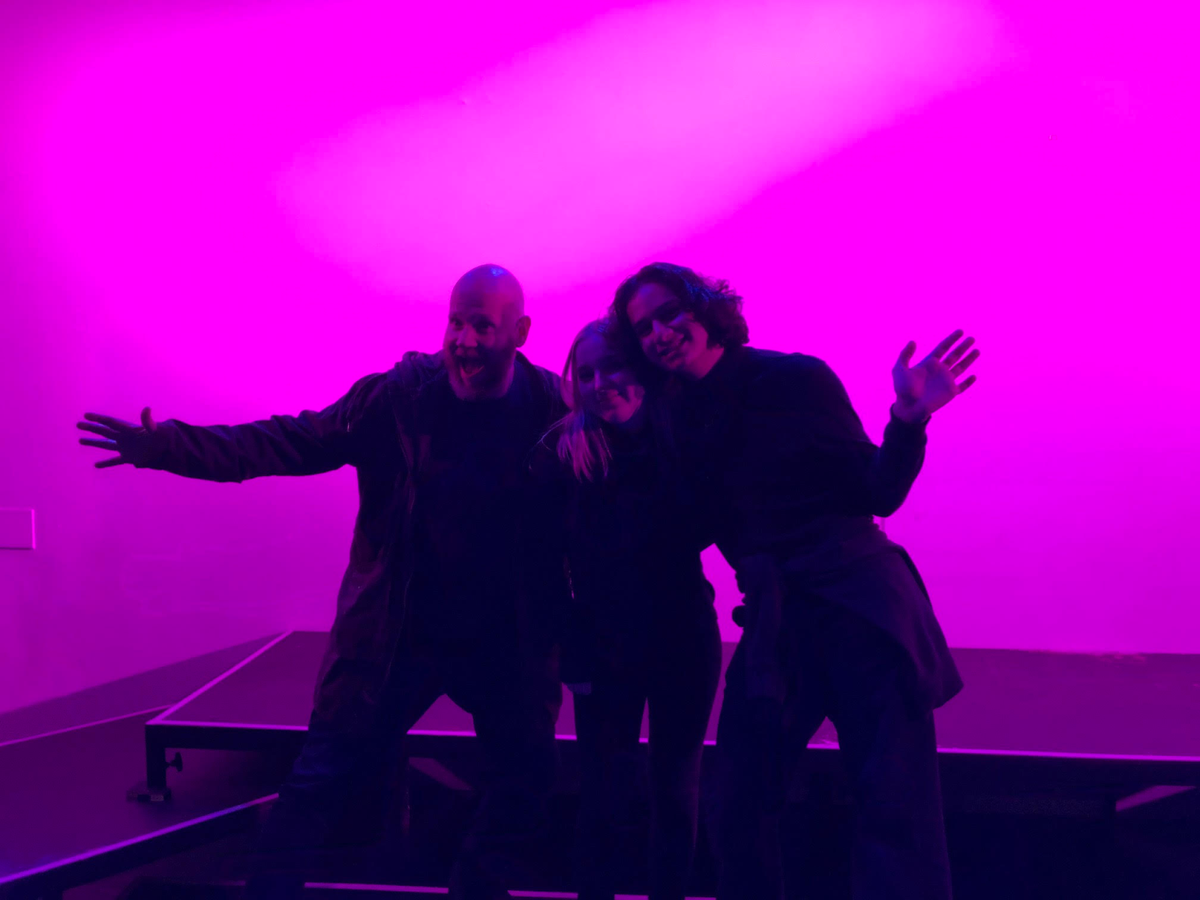

As part of our Term 2 unit on 'Il Cibo- Food', Week 5 saw our two Year 9 Italian classes have the opportunity to explore and sample some typical Italian breakfast items! Students were able to make connections and comparisons between the Australian and Italian typical breakfasts. They were also able to use the vocabulary and language skills learnt to express what they like and don't like to eat and drink. The highlight I'm sure was sampling the food and exploring the authentic italian packaging for some of the items such as 'biscotti-biscuits' and 'cornetti- Italian croissants'.
Thank you to all the Italian students for your participation and enthusiasm! Grazie!
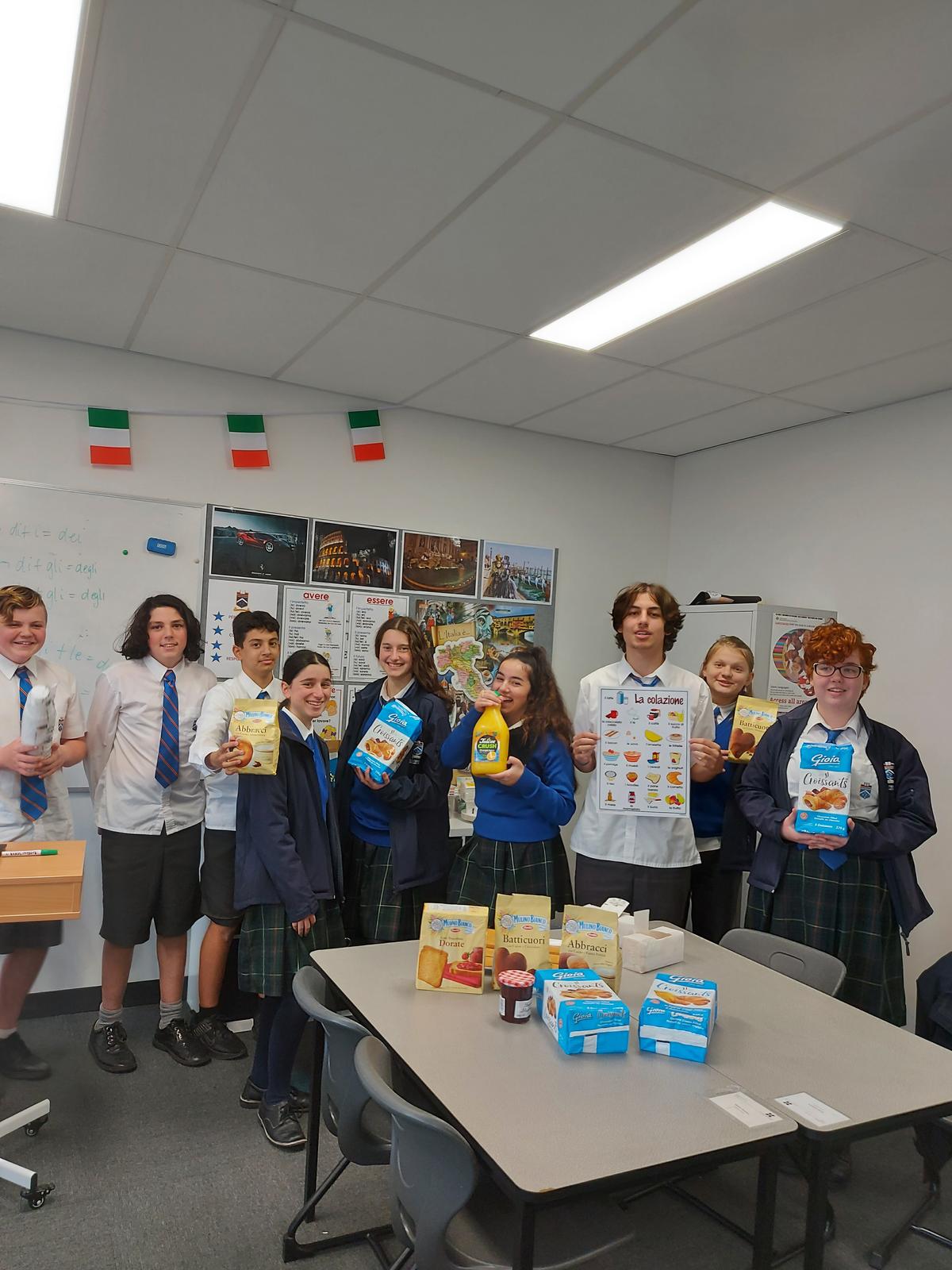

LOST IN MELBOURNE
‘ANNABELLE’ ESCAPE ROOM
By Jack Elliot Yr 12 VCAL
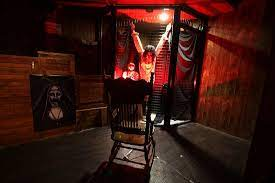

On Tuesday the 11th of May, VCAL Year 12, along with Mrs Anderson, ventured to the CBD to participate in a thrilling escape room experience. The venue was called ‘LOST in Melbourne’ and we were there for the majority of the day. (I had never really been in an escape room before but after this experience I’ll definitely go back!) We had planned this journey a few weeks prior. To raise the money we ran a sausage sizzle for the whole school, we ended up raising around $600 for our field trip.
Leading up to the trip we were only getting more and more excited since none of us had anything to expect, because we had never done anything like an escape room, let alone a ‘horror’ escape room. We did face some challenges throughout the trip, including: our morning public transport adventure, organising where to go for food and of course losing each other on multiple occasions. The venue was located on the corner of Flinders Lane and Elizabeth Street and we found our way there in the rain, eager to start.
Once we entered the LOST In Melbourne Escape Room we were welcomed by a spooky vibe that enlightened us as to what was to come. The groups were organized and we were placed in the Level 3 Annabelle room 1. We were greeted with a pitch black room and some horrific screeching sounds. Working as a team, we cracked the code and escaped from the first room into the next. The second room was a bit bigger and brighter but was certainly not any easier! After about half an hour we prised open a mysterious door, and 2 of us had to hold sensors inside the spooky, mysterious space. Suddenly the doors slammed shut and the light went out, sending us screaming and clutching at each other to the opposite side of the room. Little did we know but Mrs Anderson was watching it all on the office monitor from the infra-red cameras, hysterical with laughter!
After we had been absolutely traumatized, a little hatch popped open and we were certainly not staying in that room for a second longer, so we escaped back out to freedom.
Independence and teamwork were the keys in this exercise and in my opinion we all performed tremendously well. In my opinion, the day was an all-round success, and an awesome teamwork challenge for the Year 12 VCAL students.
I would definitely recommend this program to other VCAL students.


Youth Homelessness in Australia
By Seb Velazquez
Yr 12 VCAL
The Salvation Army is a Christian church and an international charitable organisation. The organisation reports a worldwide membership of over 1.7 million, consisting of soldiers, officers and adherents collectively known as ‘Salvationists’. On our tour the Year 12 VCAL class learnt what youth homelessness is; how the youth of Melbourne are affected by it; the causes and effects of youth homelessness; and organisations that help with homelessness and general support.
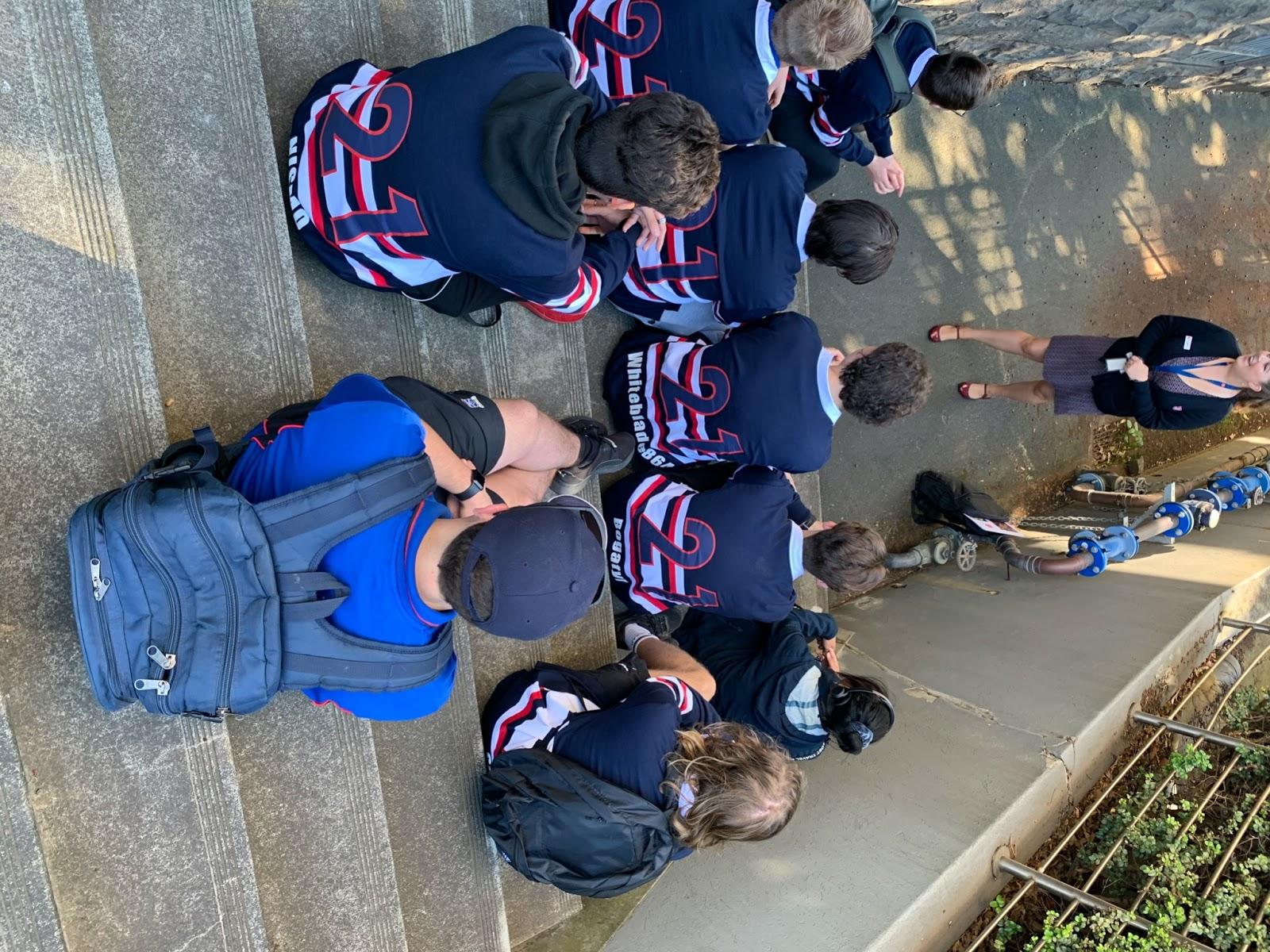

We were presented with statistics about youth homelessness such as; on the Census night in 2016 there were 26,680 people aged 12-24 that were counted as homeless; 1 in 6 people in Australia has experienced homelessness; young people make up 24% of the homeless population, and that youth homelessness rose 26% in between 2006-2016. We also learnt that being homeless doesn't just mean sleeping in parks. It can also mean any of these examples: sleeping rough on the street; or having to sleep in a car; staying at a friend's house; moving frequently between refuges; or couch surfing. It also includes relying onunstable accommodation, such as rooming houses or caravan parks.
When it comes to youth homelessness there are many different causes for it happening such as; domestic and family violence, mental health issues, sudden life changes, unemployment, drug and alcohol abuse, abuse (physical, sexual, emotional), overcrowding and natural disasters. The causes are so unpredictable it becomes hard to stop. The effects of youth homelessness include; trauma (physical and mental), poor mental health, alcohol and substance abuse, social isolation, poor nutrition and illness. The effects of youth homelessness are so disturbing that it becomes a genuine worry for the safety of youth because sometimes the effects can lead to suicide
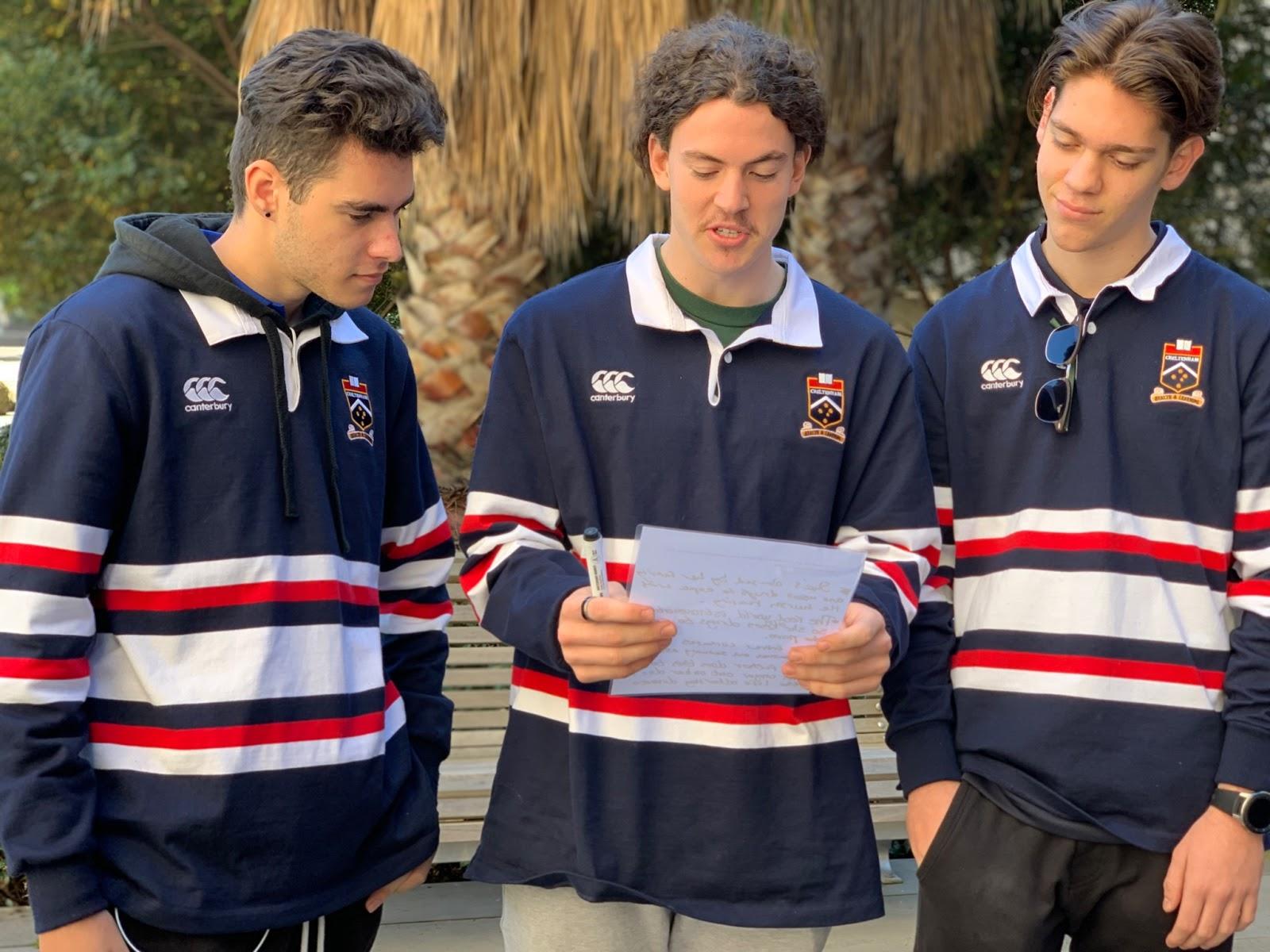

In Australia there are countless organisations that support youth homelessness, but the most widely used one is Headspace. The services that Headspace provides include; therapy, support, help with finding work, education/study support, alcohol and other drug services. Another organisation, Launch Housing, provides services that include; food, accommodation, therapy, clothes, education, job seeker and medical support. Hope Street provides; accommodation, emergency housing, and refugee support. Front yard provides; accommodation, case management, family support, health and wellbeing, leaving care, legal, living skills, and youth participation.
Although youth homelessness is a serious problem in Australia, our country is extremely lucky to have such strong support from organisations that really support the youth of our country.
In summary, the youth homelessness topic that our Year 12 VCAL class has been studying is interesting and eye opening. On reflection, I personally feel quite grateful for what I have in my life. Learning about youth homelessness has prepared me in case anything goes wrong for myself or someone else I know. I can now say I would know what to do to support not only myself but someone I know, if they are faced with homelessness.